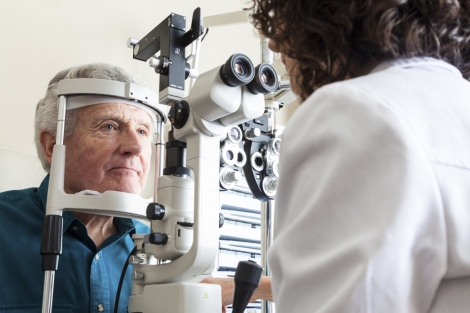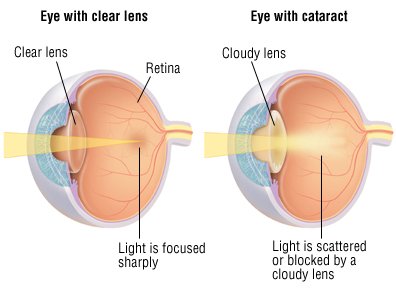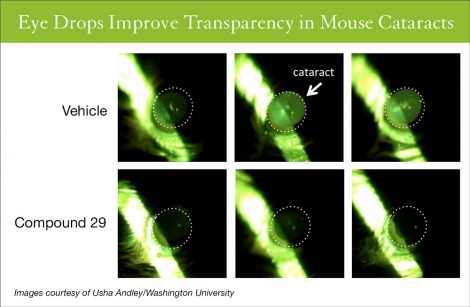Could eating cheese give you diabetes?
Research suggests too much of certain foods can make the body unhealthily acidic
By Rachel Ellis
Could eating a diet rich in meat and cheese cause your body to go into acid-overload and increase your risk of type 2 diabetes?
That was the suggestion last week from French researchers. They found that women who consume higher quantities of meat, cheese, eggs, fish, bread and soft drinks are around 50 per cent more likely to develop the condition, even if they also ate lots of fruit and vegetables.
The researchers said the problem was that foods such as meat and cheese are acid-producing.
Like all living things, our bodies have a pH (power of hydrogen) level - a number between zero and 14 which tells you how acidic or alkaline it is. Zero is completely acidic, 14 is completely alkaline. Our body pH should be neutral, at seven, in order for the cells and tissues to function properly.

Women who consume higher quantities of meat, cheese, eggs, fish, bread and soft drinks are around 50 per cent more likely to develop type 2 diabetes
When foods are broken down by the body they naturally produce acids or alkalis, a process known as the acid load.
But it's not just a case that foods which seem to be 'acidic' add to the acidic load, says Marie Murphy, a nutrition scientist with the British Nutrition Foundation. It depends on how the body processes it.
'For example, an orange has a low pH due to its citric acid content, yet once ingested it is thought to have an alkali effect upon the body. This is to do with the nutrients it releases in the body,' she says.
Meats, fish, seafood, cheese, eggs, bread, oats, pasta and rice, processed foods and fizzy drinks all produce acids when broken down, while coffee, fruit and vegetables are alkaline.
When you eat a balanced diet of fibre, protein, carbohydrates, fruit and vegetables, the acidic and alkaline foods neutralise each other.
However, the theory is a Western diet rich in foods that produce acid when broken down can lead to an acid load on the body that is not compensated for by fruit and vegetables.
It is thought this may cause metabolic complications including type 2 diabetes - this occurs when the body stops producing sufficient quantities of the hormone insulin or doesn't use it properly.

A Western diet rich in foods that produce acid when broken down can lead to an acid load on the body that is not compensated for by fruit and vegetables
Insulin helps mop up blood sugar and convert it into energy. If insulin is not doing its job properly, blood sugar levels can become dangerously high and lead to diabetes. Untreated, the condition can cause nerve damage, loss of sight and death. Diabetes also increases the risk of heart disease, stroke and amputations.
The new French study - published in Diabetologia, the journal of the European Association for the Study of Diabetes - is the first to look at the possible link between a high-acid diet and type 2 diabetes, a condition that affects at least three million people in the UK.
So could reducing your intake of high-acid foods protect you against type 2 diabetes?
For some years, cutting out high-acid foods has been a popular approach to weight loss.
The Alkaline Diet, as it's known, is said to have won the backing of svelte celebrities such as Gwyneth Paltrow and Kate Moss.
It is based on the idea that acid-producing foods can take the body's acid levels to dangerously high readings and this can build fat and, in the long term, lead to an increased risk of cancer and osteoporosis. Eliminating or reducing these foods - following a mainly vegetarian diet - prevents this from happening, say supporters. However, experts have robustly dismissed the diet.
'The study found that those eating a high-acid diet were 56 per cent more likely to develop type 2 diabetes compared with those eating a low-acid diet'
'There is no plausible mechanism that shows the acid/alkali properties of foods would influence weight loss or weight gain,' says Marie Murphy.
But does this new diabetes study suggest the alkaline dieters may be on to something after all?
There is no doubt that foods have an impact on the body's pH. But British experts say the body maintains its pH level regardless of diet, either through the lungs expelling carbon dioxide (this is one of the body's main ways of regulating its pH balance), or through the kidneys flushing out any excess acid or alkali through urine.
'Nutrients within foods have the potential to influence the acid-alkali balance of the body by increasing or decreasing the pH levels,' explains Marie Murphy. 'However, the body has very effective mechanisms of maintaining its acid-base balance and any influences from foods that disrupt this balance are corrected by the body's regulatory system which keeps everything stable, for example, the excretion of urinary acid through the kidneys.
'There's actually very little evidence that the acid-producing properties of food have any significant impact on health.'
Dr Tony Leeds, an obesity specialist at the Whittington Hospital, London, says that healthy people are able to cope with high-acid foods.

Further studies will be needed before Diabetes UK can be confident that there really is a link
'As long as your body has normal functioning systems, it can cope with acid products produced by metabolism and will excrete them,' he explains.
Professor Tom Sanders, head of diabetes and nutritional sciences at King's College London, says while the study suggests a link between a high-acid diet and type 2 diabetes, this is purely based on statistics - so-called epidemiological research - rather than medical evidence.
It doesn't prove that a high-acid diet causes type 2 diabetes or even that there is a definite link between the two. Even if a high-acid diet did increase the chance of developing the disease, the risk would be small compared with other, more established risk factors, says Professor Sanders.
While the study found that those eating a high-acid diet were 56 per cent more likely to develop type 2 diabetes compared with those eating a low-acid diet, being overweight or obese increases the risk ten-fold, or 1,000 per cent, he says.
'There are far greater risk factors for developing type 2 diabetes than eating red meat,' he says.
'In Asia, where red meat consumption is traditionally very low compared with the West, diabetes rates are spiralling.
'Diabetes levels are also high among black and Asian communities who don't eat many dairy products. The main risk factor is weight.'
Diabetes UK says more research needs to be done before a low-acid diet is recommended as a way of preventing diabetes.
Dr Richard Elliot, of the charity, says: 'Further studies will be needed before we can be confident that there really is a link between diets high in foods that increase acids in the body and an increased risk of type 2 diabetes. 


